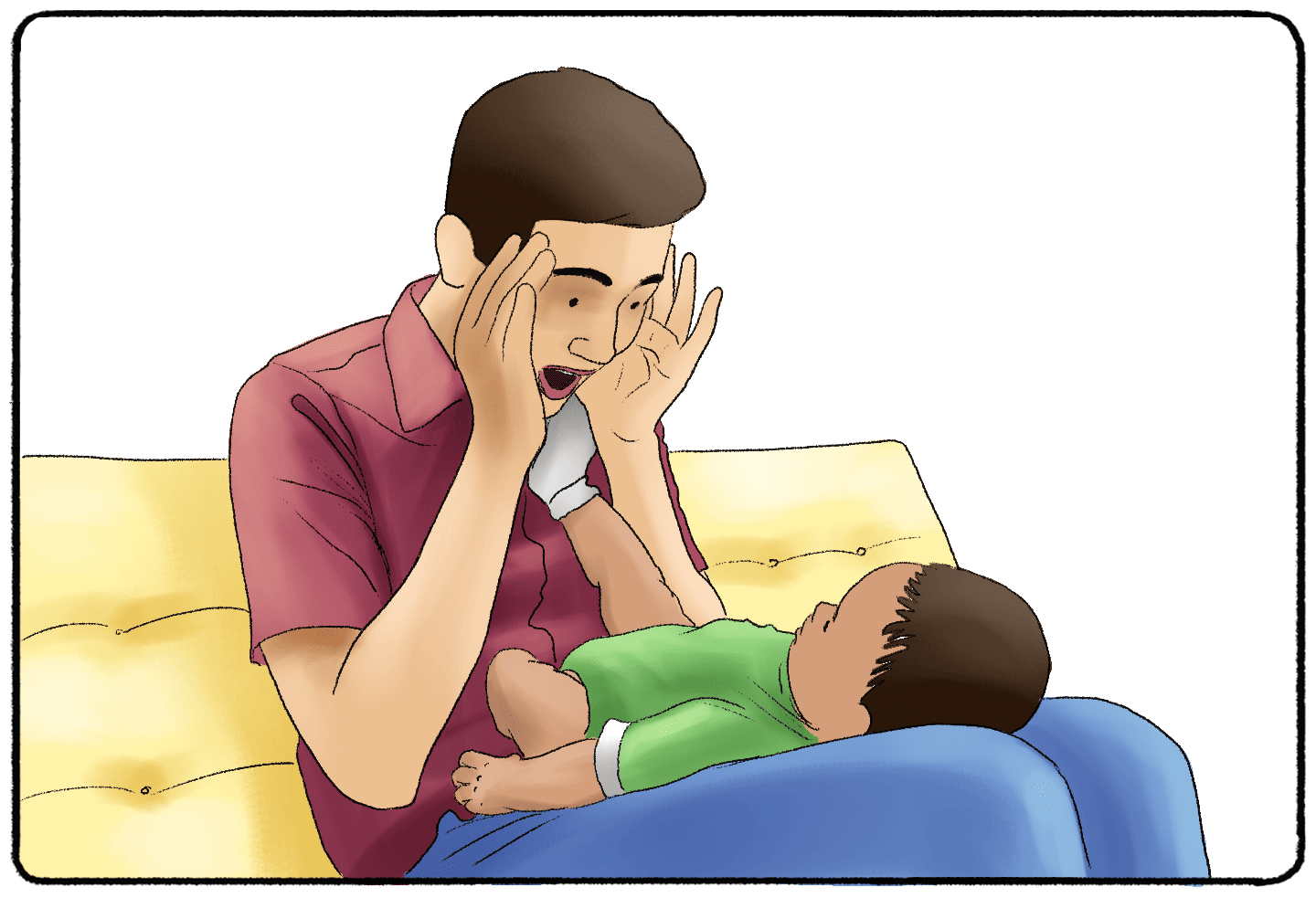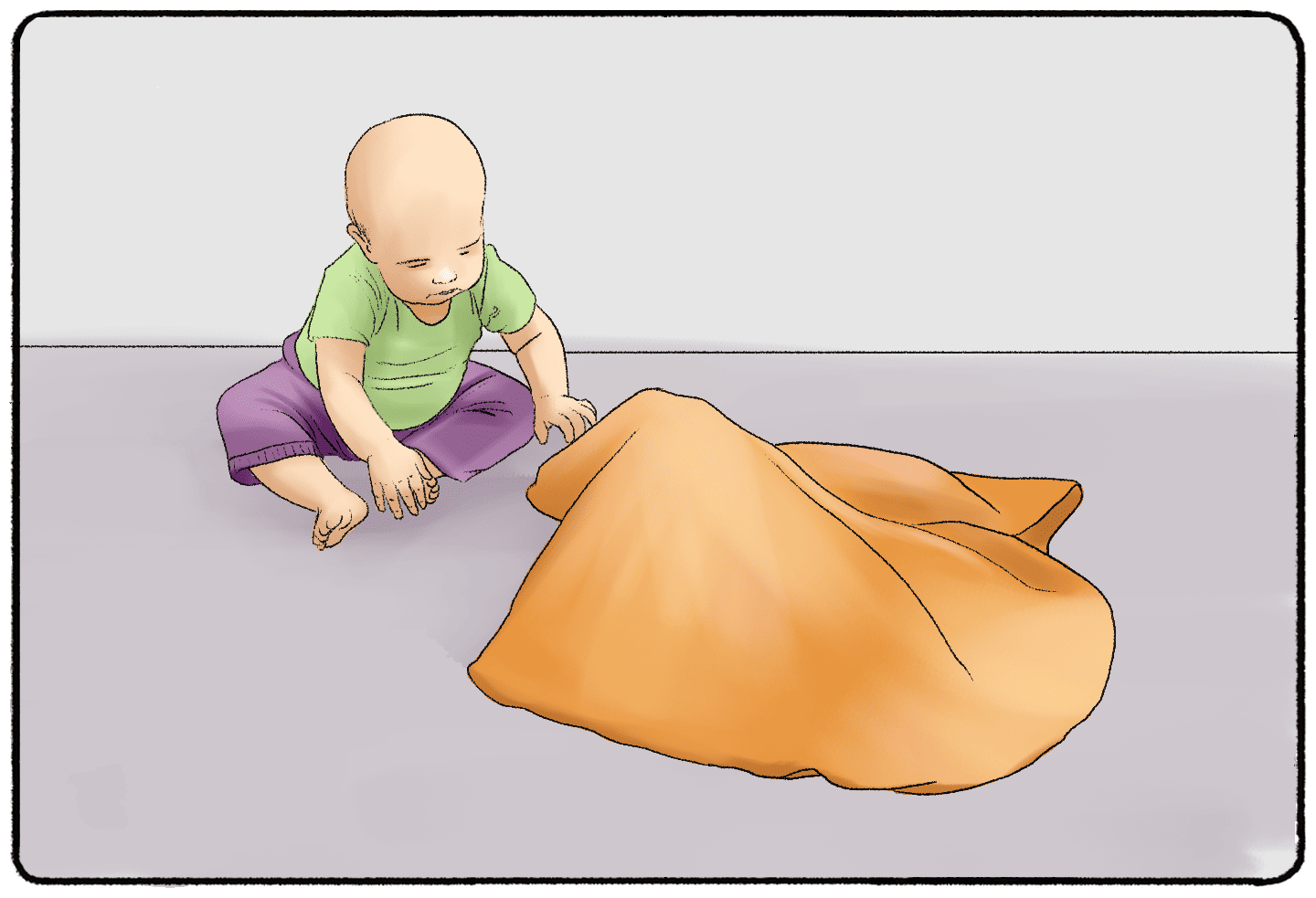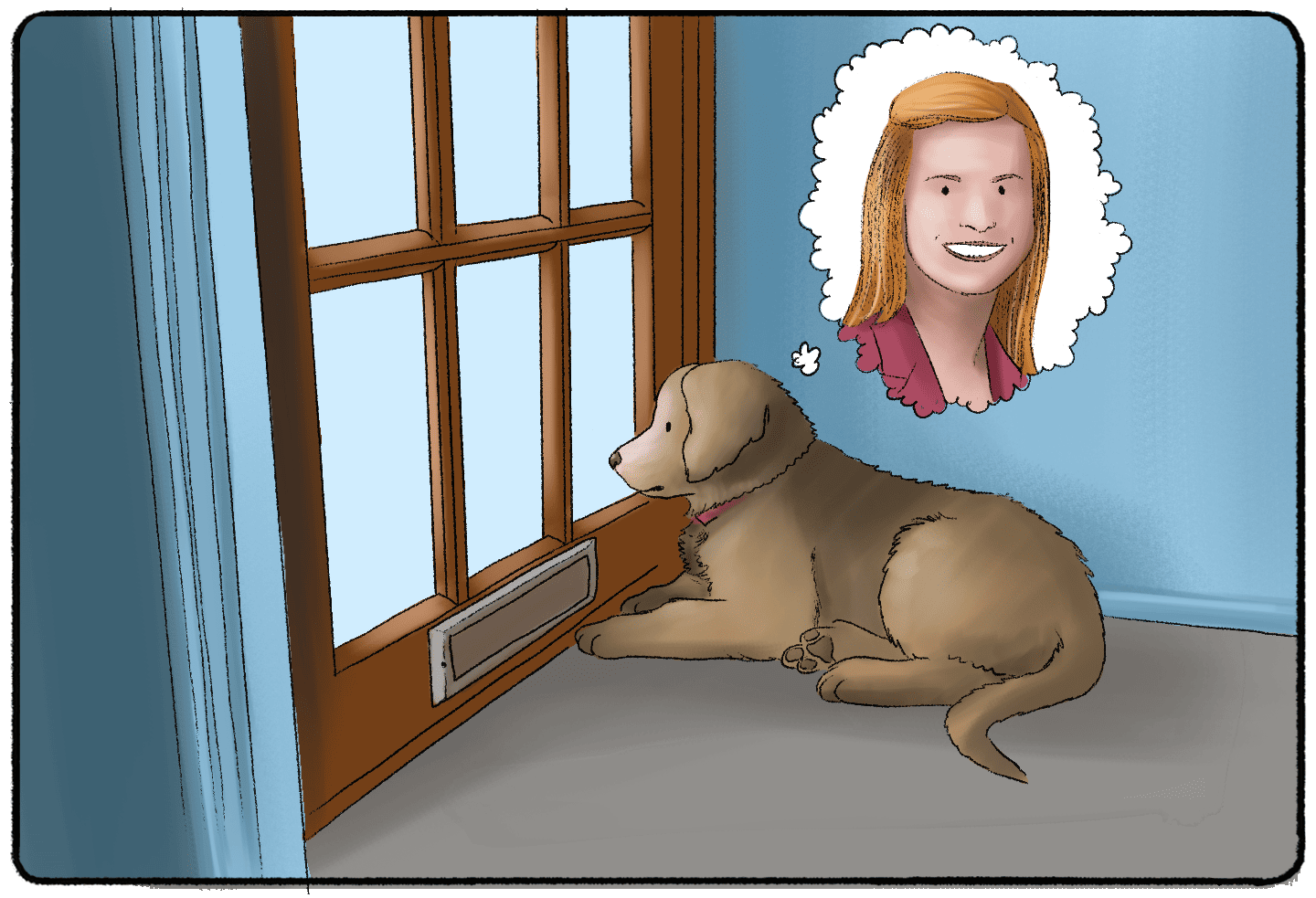Have you ever heard the phrase “out of sight, out of mind?” That phrase wasn’t just a figure of speech when you were a young baby. When things were not in your range of vision, they didn’t exist anymore. At some point, this probably made you cry. Your mom and dad walked out of your nursery and appeared to be gone forever! While this lack of understanding could cause some cries and confusion, it’s all a part of your cognitive development. This issue is resolved when babies develop object permanence.
What Is Object Permanence?
Object permanence is the idea that places, objects, and people still continue to exist after we cannot perceive them. It’s just one piece of Jean Piaget’s Theory of Cognitive Development. When this is developed, babies understand that when things leave the room or are hidden, they still continue to exist.
Example: Peek-a-Boo
One classic example of object permanence is playing “peek-a-boo.” When you are an adult, and you see another adult covering their face with a blanket, you know that the adult still exists. This certainly makes peek-a-boo less exciting, but it helps reassure you that the person is not gone forever.

Babies simply don’t grasp this concept or schema yet. When the adult places a blanket over their head, the baby thinks the adult has disappeared forever. They can’t see the adult, so they’re gone! The rush of seeing their mom or the adult again is pretty thrilling, which is why peek-a-boo is so popular with infants.
Piaget's Blanket And Ball Study
Eventually, babies figure out that the adult under the blanket still exists. But when does that happen?
That was the question Jean Piaget sought to answer in the 1960s as he developed his Theory of Cognitive Development. Object permanence is a major development, especially when you consider that it develops at some point while a child is still an infant. Knowing that things outside of our sight still exist is key to understanding the world around us.

So Piaget set up a study, now known as “The Blanket and Ball study.” The study was simple. He put a ball in front of infants of varying ages and placed a blanket over them while they were watching. Then he observed the children. If the children looked for the ball, under the blanket or otherwise, they were said to have developed object permanence. These children had a “mental representation” of the ball, so it still existed to them. If the children hadn’t made an attempt to look for the ball, they might not have developed object permanence yet. The ball simply didn’t exist anymore.
When Is Object Permanence Developed?
From his research, Piaget determined that kids developed object permanence by the time they were eight months old. Eight months old is early. The child is still in the first stage of cognitive development, the sensorimotor stage. More specifically, the child is probably in the third substage of the first stage of cognitive development: the secondary circular reactions stage of the sensorimotor stage.
This substage emphasizes the repetition of actions that produce enjoyable results. Within this phase, the discovery of object permanence begins, setting the stage for more complex cognitive developments as they age.
Of course, eight months is not set in stone. Additional studies have critiqued Piaget’s study for the motivations a child might have to look for a ball or to disregard it. The child could simply not be interested in looking for the ball. And when it comes to cognitive development, these ages vary for each individual child. While one child may not develop object permanence until eight months old, another may develop it as early as four months! Other studies since Piaget’s Blanket and Ball study have confirmed this range of ages.
Which Animals Develop Object Permanence?

While babies develop an understanding of object permanence as part of their cognitive maturation, the phenomenon is not exclusive to humans. Many animals also demonstrate the ability to grasp the concept of object permanence, and this ability varies across species and developmental stages.
Mammals and Birds
- Dogs: Man's best friend is quite adept in this area. Puppies begin to develop object permanence as early as 5 weeks old. This is why playing fetch or hide-and-seek with toys becomes an engaging activity for them.
- Cats: Cats, known for their playful and curious nature, also exhibit signs of object permanence. Their hunting and playful pouncing behaviors on toys (or sometimes your feet under the blanket) indicate their understanding that an object still exists even if it's out of sight.
- Birds: Some birds, especially corvids like ravens and crows, are known for their intelligence. They have demonstrated an understanding of object permanence, especially when hiding and retrieving food. Parrots, too, show a grasp of this concept during play and foraging activities.
Other Animals
- Primates: Many primates, such as chimpanzees and orangutans, exhibit a strong sense of object permanence. Their cognitive abilities allow them to use tools, hide objects, and even deceive other group members, indicating a deep understanding of the continued existence of objects.
- Cephalopods: Some studies suggest that octopuses might have a rudimentary understanding of object permanence. Their ability to use tools, hide, and interact with their environment shows cognitive complexity.
- Rodents: Rats and hamsters, often used in lab studies, have been shown to have some level of understanding of object permanence, especially when it comes to food caching and foraging activities.
Implications and Observations
Understanding object permanence across different species emphasizes the evolutionary importance of this cognitive trait. Recognizing that prey or danger still exists when it's out of sight can be crucial for survival for many animals. Moreover, for species that cache food, recognizing hidden stores is vital for sustenance.
While leaving your house might make your dog feel lonely, rest assured they are quite aware you still exist and are eagerly awaiting your return. Similarly, various animals, from the skies to the oceans, carry this understanding in ways crucial for their daily survival and interactions.
This is a Major Milestone in Development
Object permanence helps infants to predict what is going to happen next. It sets the foundation for the idea that the world exists outside its own existence and represents the early beginnings of abstract thought. This understanding is fundamental for the upcoming cognitive stages, where reasoning, problem-solving, and more advanced thought processes develop. Truly, this is an exciting milestone in a child's journey of understanding the world around them.
Supporting the Development of Object Permanence in Children
Realizing that objects continue to exist even when out of sight is a significant cognitive leap for infants. As caregivers or parents, you play a crucial role in fostering this understanding. By engaging in specific activities and being observant, you can both support and identify your child's object permanence development.
Observing Key Signs
Before diving into activities, it's essential to recognize when your child is beginning to grasp the concept
- Reaction to Absence: If your child becomes upset when you leave the room and then is quickly soothed upon your return, they may be starting to understand that you continue to exist even when out of sight.
- Search Behavior: When a toy is partially hidden under a blanket, does your child attempt to uncover it? This indicates they understand the toy is still there.
Practical Activities to Foster Object Permanence
- Peek-a-Boo: This age-old game isn't just for fun. It's a practical way to demonstrate that even when something (or someone) is hidden, it still exists. As your baby begins to understand the concept, they might even initiate the game themselves, covering their own face or eyes.
- Hide and Seek with Toys: Initially, hide a toy partially under a blanket in front of your child. As they grasp the basics, you can make the game more challenging by completely hiding toys and encouraging your child to find them.
- Containers and Cups: Offer your child stacking cups or containers. Hide a small toy under one of them, shuffle them around, and let your child find it.
- Object Tracking: Move a toy in and out of your child's line of vision. For example, you might walk a toy animal behind a book, letting it "peek" out occasionally, then watch if your child's gaze follows it.
- Consistent Goodbyes: Always say goodbye to your child when leaving, even if they cry. Over time, consistent departures and returns teach them that you will come back, reinforcing object permanence.
Avoid Sneaking Away
When you need to leave, avoid sneaking away while your child is distracted. This can create anxiety. Instead, as mentioned above, always say goodbye. This establishes a pattern – you leave, but you also return.
Use Language to Narrate Actions
Even if your child doesn’t fully understand the words, narrate what you're doing. Say, "I'm putting the teddy bear under the blanket. Where did it go? Can you find it?" This helps them connect language with actions, reinforcing the concept.
Encourage Imitative Play
If your child has a favorite doll or stuffed animal, use it to mirror activities. For example, pretend the doll is playing peek-a-boo with another toy. Imitative play can help consolidate understanding.
The development of object permanence is one of the many cognitive milestones in an infant's life. By being observant and engaging in these targeted activities, parents and caregivers can support this essential phase of understanding, setting the stage for more complex cognitive developments in the future.
